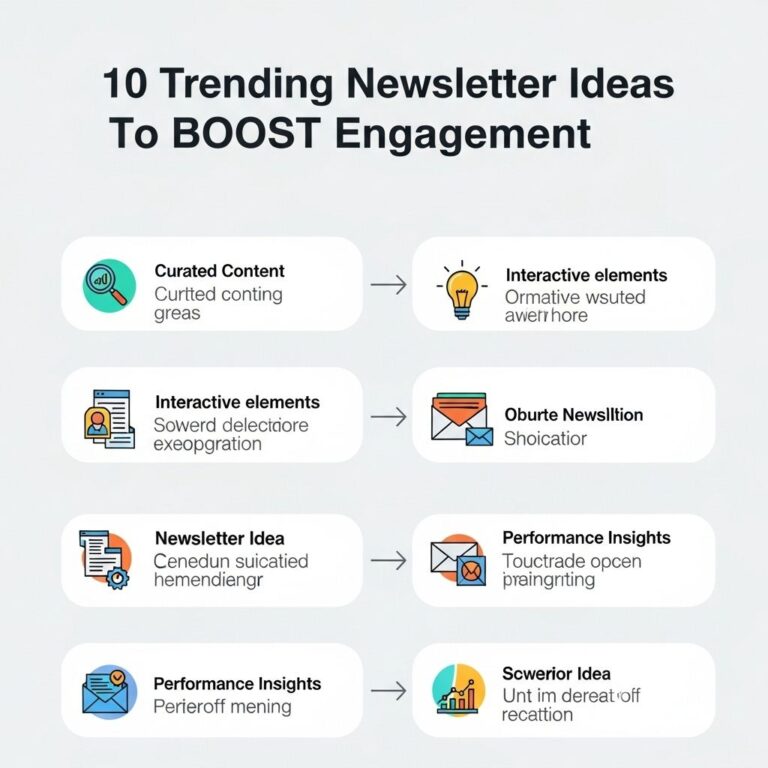In today’s competitive marketplace, effective branding is more than just a logo or a catchy tagline. It encompasses the essence of your business, influencing how customers perceive your products or services. With the right branding strategies, you can build trust, foster loyalty, and enhance your visibility in the crowded digital landscape. In this article, we will explore innovative branding ideas that can elevate your marketing efforts and contribute to your success.
Table of Contents
Understanding the Importance of Branding
Branding goes beyond aesthetics; it shapes the identity of your business and establishes your reputation. Here are a few reasons why strong branding is crucial:
- Recognition: A cohesive brand image helps customers recognize your business quickly.
- Trust: Consistent branding builds credibility and instills confidence in your audience.
- Brand Loyalty: Businesses that maintain a strong brand identity often enjoy repeat customers.
- Competitive Advantage: A well-defined brand differentiates you from competitors.
1. Develop a Unique Value Proposition (UVP)
Your Unique Value Proposition is a clear statement that describes the benefits of your product or service, how you solve customers’ needs, and what distinguishes you from competitors. A strong UVP communicates your brand’s essence and resonates with your audience.
Creating Your UVP
- Identify your target audience.
- Understand their pain points.
- Articulate how your offerings provide solutions.
- Highlight what makes you different.
2. Leverage Social Media Platforms
Social media is an invaluable tool for branding and marketing. It allows you to engage with your audience, showcase your products, and build a community around your brand. Here’s how to leverage social media effectively:
Strategies for Effective Engagement
- Content Creation: Share informative and entertaining content that reflects your brand’s personality.
- Visual Branding: Use consistent colors, fonts, and imagery across all platforms.
- Community Building: Interact with your followers, respond to comments, and encourage user-generated content.
3. Invest in High-Quality Visual Identity
Visual identity plays a critical role in branding. It includes your logo, typography, color scheme, and overall design aesthetic. Investing in professional graphic design ensures that your branding is visually appealing and aligns with your brand values.
Factors to Consider for Visual Identity
| Element | Importance |
|---|---|
| Logo | Your first impression; should be memorable and representative. |
| Color Palette | Colors evoke emotions and should reflect your brand personality. |
| Typography | Font choices can convey a tone—choose wisely. |
4. Create Compelling Brand Stories
Storytelling is a potent branding tool. A well-crafted brand story can create an emotional connection with your audience, making them more likely to engage with your brand. Here are some storytelling techniques:
Effective Storytelling Techniques
- Authenticity: Share your brand’s origin, mission, and values genuinely.
- Relatability: Create stories that your audience can connect with on a personal level.
- Visual Storytelling: Use videos and imagery to enhance your narrative.
5. Collaborate with Influencers
Influencer marketing is a powerful way to reach new audiences while enhancing your brand credibility. By partnering with influencers who align with your brand values, you can amplify your message to a broader demographic.
Steps to Successful Influencer Collaboration
- Identify influencers within your niche.
- Evaluate their engagement rates and audience demographics.
- Develop a mutually beneficial proposal.
- Track performance metrics post-campaign.
6. Utilize Content Marketing
Content marketing is essential for building brand awareness and authority. By providing valuable content, you can attract and retain a clearly-defined audience. Consider the following content strategies:
Types of Content to Create
- Blog Posts: Share insights, tips, and news related to your industry.
- Video Content: Create tutorials, testimonials, and behind-the-scenes footage.
- Podcasts: Engage with your audience on a deeper level through discussions and interviews.
7. Focus on Customer Experience
Customer experience is integral to your brand image. Ensuring that customers have a positive experience at every touchpoint increases satisfaction and loyalty. Here are key areas to improve:
Enhancing Customer Experience
- Responsive Support: Provide timely and helpful customer service.
- Seamless Navigation: Ensure your website is user-friendly and easy to navigate.
- Personalization: Tailor experiences and communications based on customer behavior.
8. Consistency Across Channels
Consistency is key in branding. Your messaging, tone, and visuals should be uniform across all platforms to create a cohesive brand identity. Here’s how to maintain consistency:
Maintaining Brand Consistency
- Develop a brand style guide that outlines your visual and verbal identity.
- Regularly audit your channels for adherence to brand guidelines.
- Ensure that all team members are trained on brand messaging.
9. Monitor Brand Performance
Tracking your brand’s performance is essential for understanding its impact. Use analytics tools to measure engagement, reach, and conversion rates. Here are some key metrics to consider:
Key Performance Indicators (KPIs)
| Metric | What it Measures |
|---|---|
| Brand Awareness | How well your target audience recognizes your brand. |
| Engagement Rate | Level of interaction with your content. |
| Conversion Rate | How effectively your brand turns leads into customers. |
10. Encourage Brand Advocacy
Encouraging brand advocacy can elevate your marketing efforts significantly. When your customers become advocates, they organically promote your brand through word-of-mouth. Here’s how to cultivate advocates:
Strategies to Foster Brand Advocacy
- Referral Programs: Offer incentives for customers to refer new clients.
- Engage with Feedback: Listen to customer feedback and make improvements based on their suggestions.
- Show Appreciation: Thank your customers and show gratitude for their support.
Conclusion
Implementing these branding strategies can significantly enhance your marketing success. By understanding the importance of your brand and incorporating innovative ideas, you can create a strong identity that resonates with your audience, builds loyalty, and ultimately drives sales. Remember, branding is an ongoing process that requires commitment and creativity—stay agile and adapt to the ever-changing market landscape.
FAQ
What are some effective branding ideas for marketing success?
Some effective branding ideas include creating a strong brand story, utilizing social media for engagement, designing a memorable logo, and developing a consistent visual identity across all platforms.
How can storytelling enhance my brand’s marketing strategy?
Storytelling enhances your brand’s marketing strategy by creating an emotional connection with your audience, making your brand more relatable and memorable.
Why is consistency important in branding?
Consistency in branding ensures that your audience recognizes your brand across different channels, builds trust, and reinforces your brand’s identity.
What role does social media play in branding?
Social media plays a crucial role in branding by allowing you to engage directly with your audience, share your brand story, and promote your products or services effectively.
How can I make my brand stand out from the competition?
You can make your brand stand out by clearly defining your unique value proposition, understanding your target audience, and creating innovative marketing campaigns that resonate with them.
What are some creative ways to promote my brand?
Creative ways to promote your brand include hosting events, collaborating with influencers, offering giveaways, and creating engaging content that showcases your brand’s personality.









